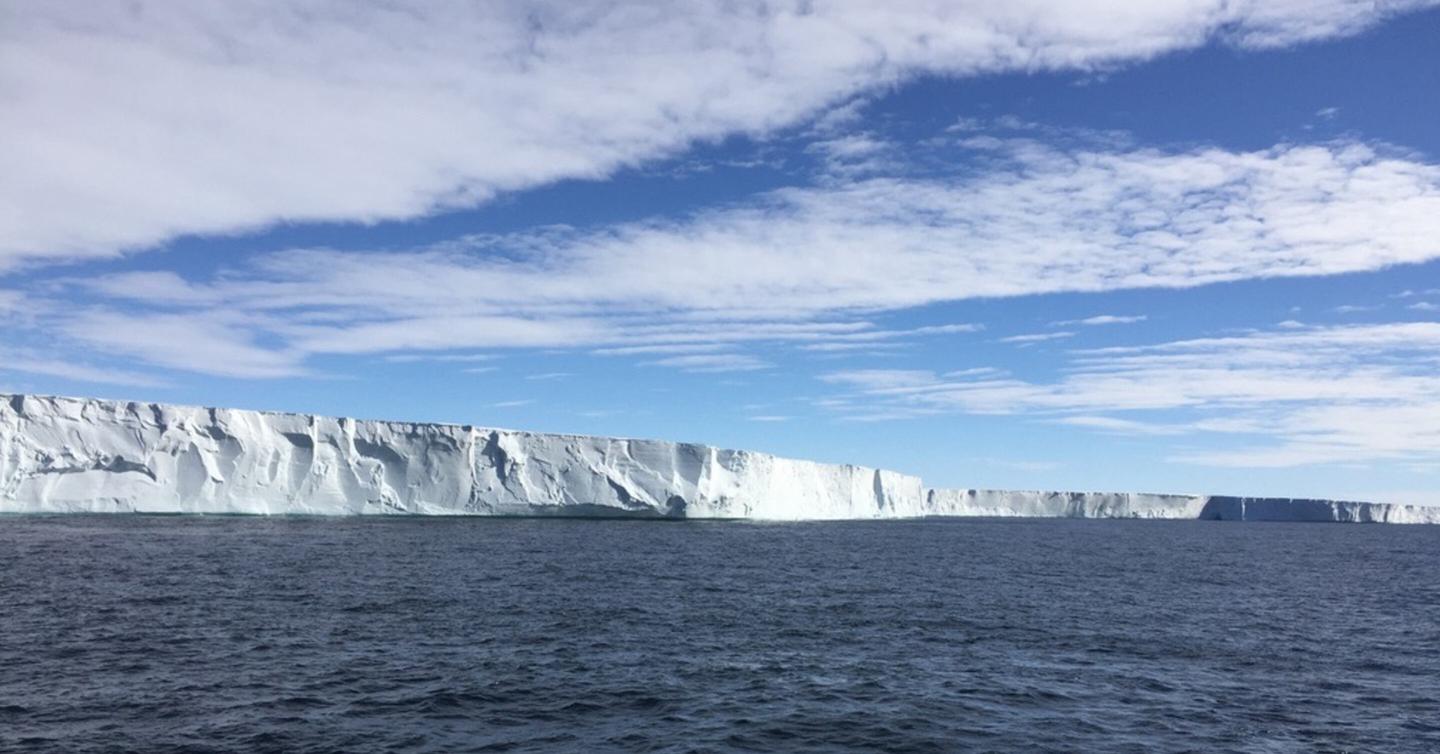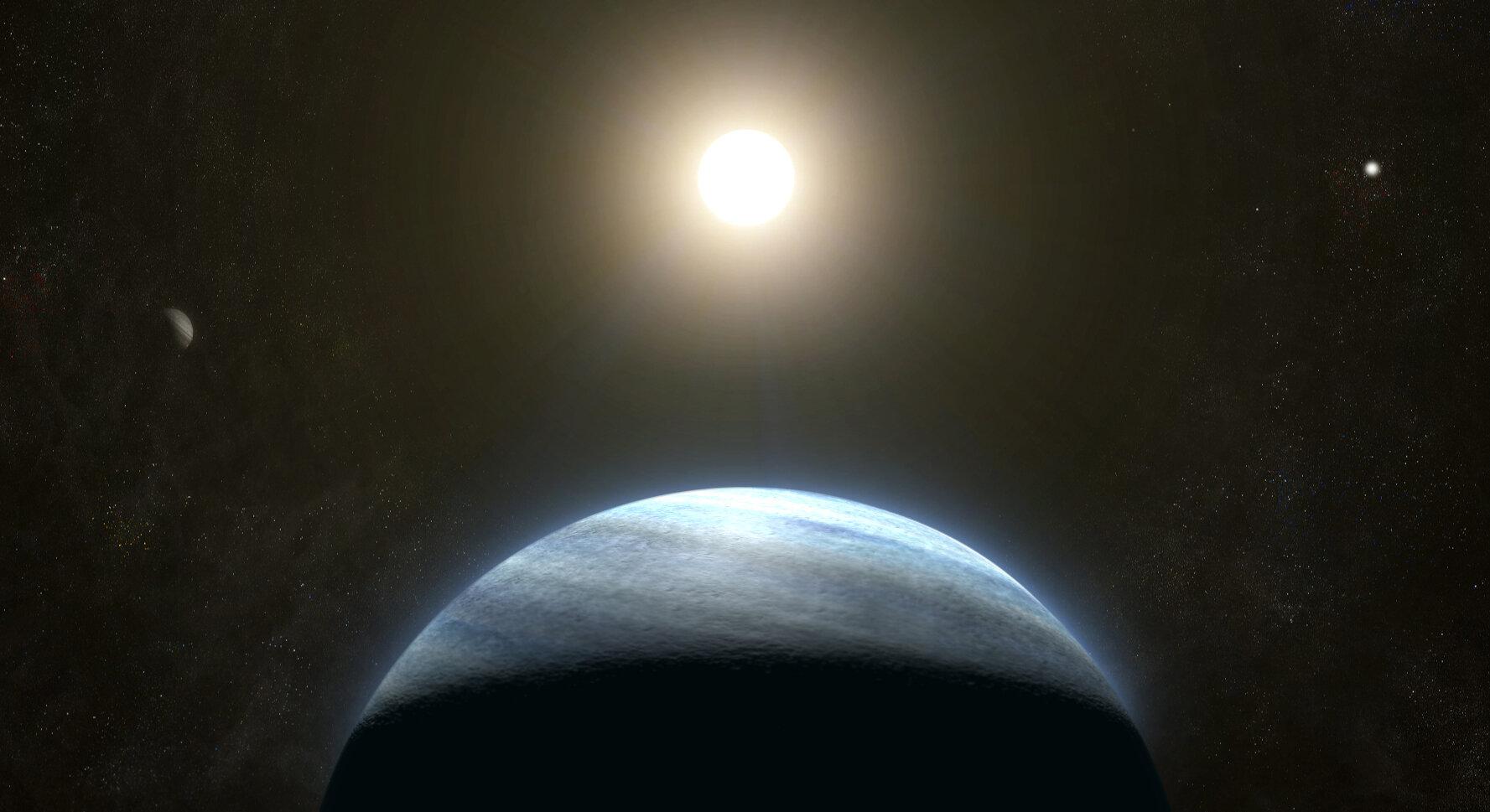A new study published in Nature Communications has revealed that the interplay between meandering ocean currents and the ocean floor induces upwelling velocity, transporting warm water to shallower depths.
This mechanism contributes substantially to the melting of ice shelves in the Amundsen Sea of West Antarctica.
These ice shelves are destabilizing rapidly and contributing to sea level rise.
In a departure from prior assumptions linking ice shelf melting primarily to winds over the Southern Ocean, this study underscores the significant role played by the interactions between meandering ocean currents and the ocean floor in driving the melting process.
“The intensity and trajectory of ocean currents encircling the ice shelves directly govern the influx of warm water, thereby intricately shaping their rate of melting,” explains Taewook.
Variations in thermocline depth significantly affect the influx of warm water toward the ice shelves.
“Our study underscores that the interplay between meandering ocean currents and the ocean floor generates upwelling velocity, bringing warm water to shallower depths.
Subsequently, this warm water reaches the ice-ocean interface, accelerating ice shelf melting “This internal oceanic process driving ice shelf melting introduces a novel concept.
The interaction between meandering ocean currents and the ocean floor causes upwelling velocity, which carries warm water to shallower depths, according to a recent study published in Nature Communications. In the West Antarctic’s Amundsen Sea, this process plays a significant role in the melting of ice shelves. The sea level is rising as a result of the quick destabilization of these ice shelves.
Under the direction of Taewook Park and Yoshihiro Nakayama, a multinational group of scientists from Seoul National University, Hokkaido University, and the Korea Polar Research Institute used cutting edge ocean modeling methods to look into the fundamental causes of the quickly melting ice shelves.
Unlike previous theories that associated ice shelf melting mainly with winds over the Southern Ocean, this study emphasizes how important it is for meandering ocean currents and the ocean floor to interact in order to drive the melting process.
Because they are particularly vulnerable to warming ocean waters, the Pine Island and Thwaites ice shelves are among the fastest-changing in Antarctica. They serve as enormous barriers that prevent the glaciers behind them from calving into the sea.
However, because of the ensuing rise in global sea levels, their rapid melting and potential collapse pose a serious threat to coastal communities worldwide.
The study concentrated on how these ice shelves melt from below, specifically on the part of the “modified Circumpolar Deep Water,” a warm water layer that sits beneath the cold surface waters. “The direction and strength of the ocean currents surrounding the ice shelves control the amount of warm water that enters the system, which in turn controls how quickly the ice shelves melt,” says Taewook. This demonstrates the significance of the ocean in comprehending and mitigating the effects of global warming.
It is the depth at which warmer deep waters and cooler surface waters converge that the researchers were interested in measuring. Warm water inflow toward the ice shelves is greatly impacted by variations in thermocline depth.
It was previously thought that stronger westerly winds north of the Amundsen Sea drove ocean currents along the shelf break, which in turn brought warmer water closer to ice shelf cavities. Around El Niño events, this phenomenon is especially noticeable.
Nakayama states, “Our findings challenge conventional wisdom.”. “Our research confirms that meandering ocean currents and the ocean floor interact to create upwelling velocity, which is responsible for the migration of warm water to shallower depths. Once at the ice-ocean interface, this warm water speeds up the melting of ice shelves.
“This new idea is introduced by the internal oceanic process that drives ice shelf melting. In light of this, we must reassess the winds causing Antarctic ice loss, as they have the potential to greatly affect projected futures. “.”.




